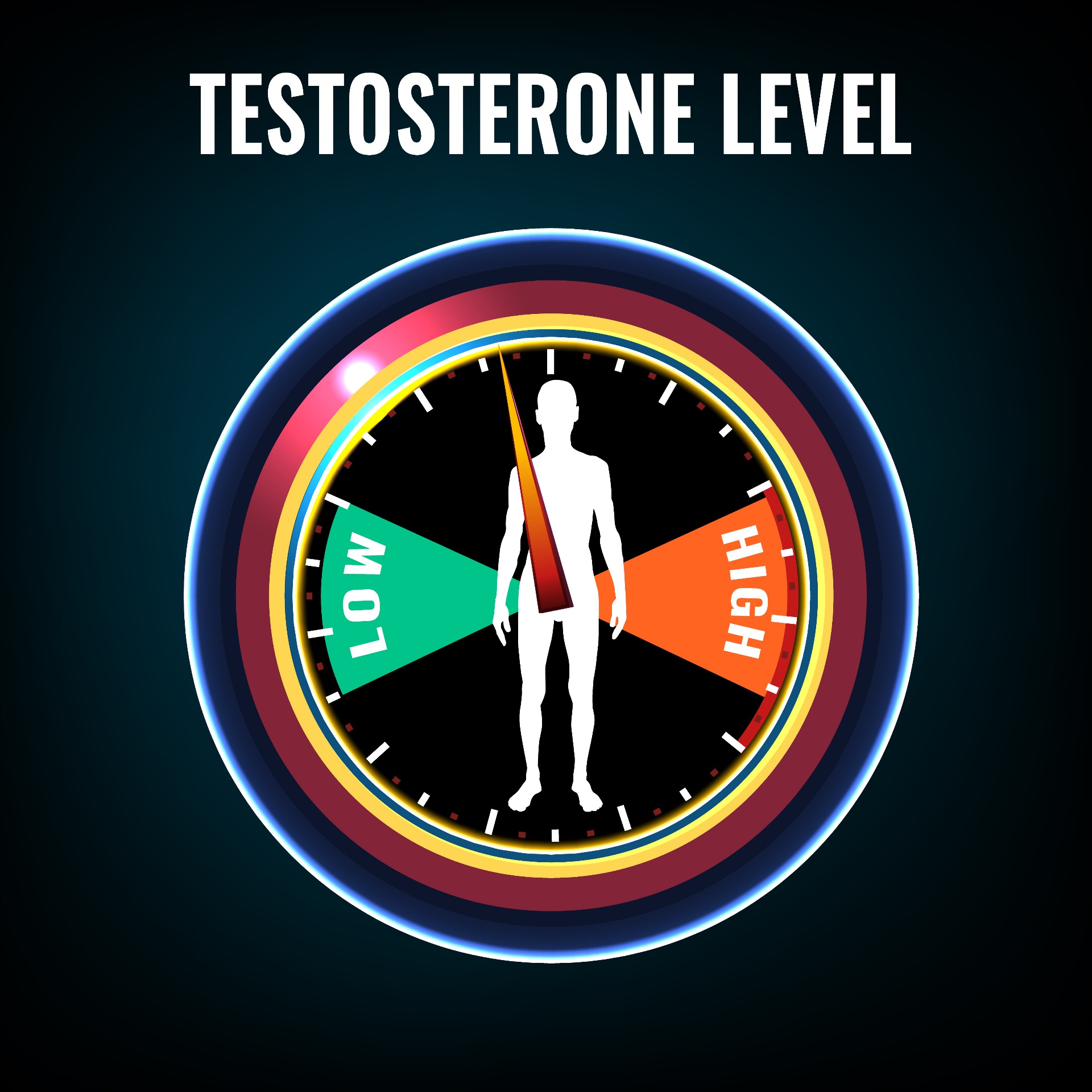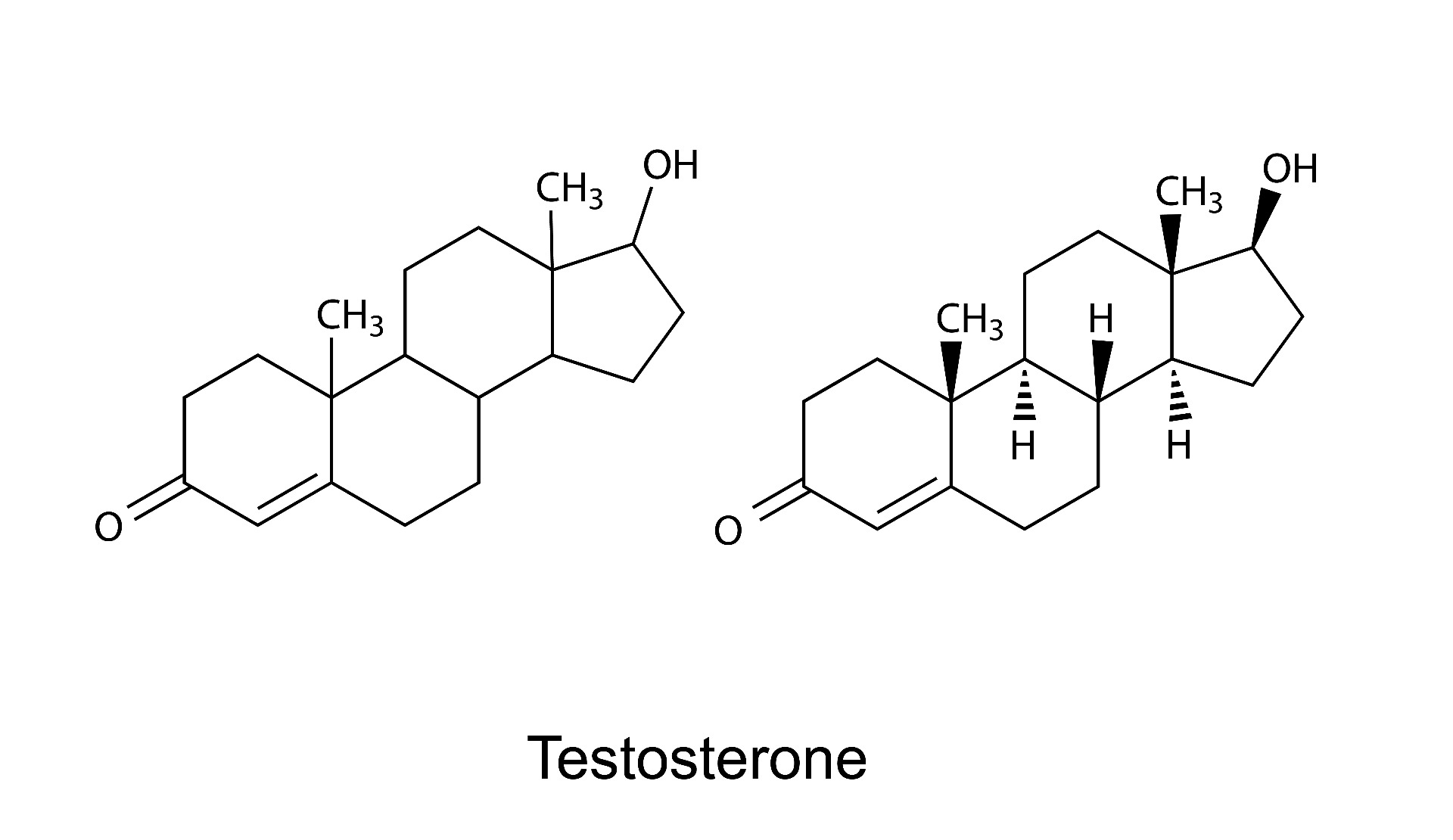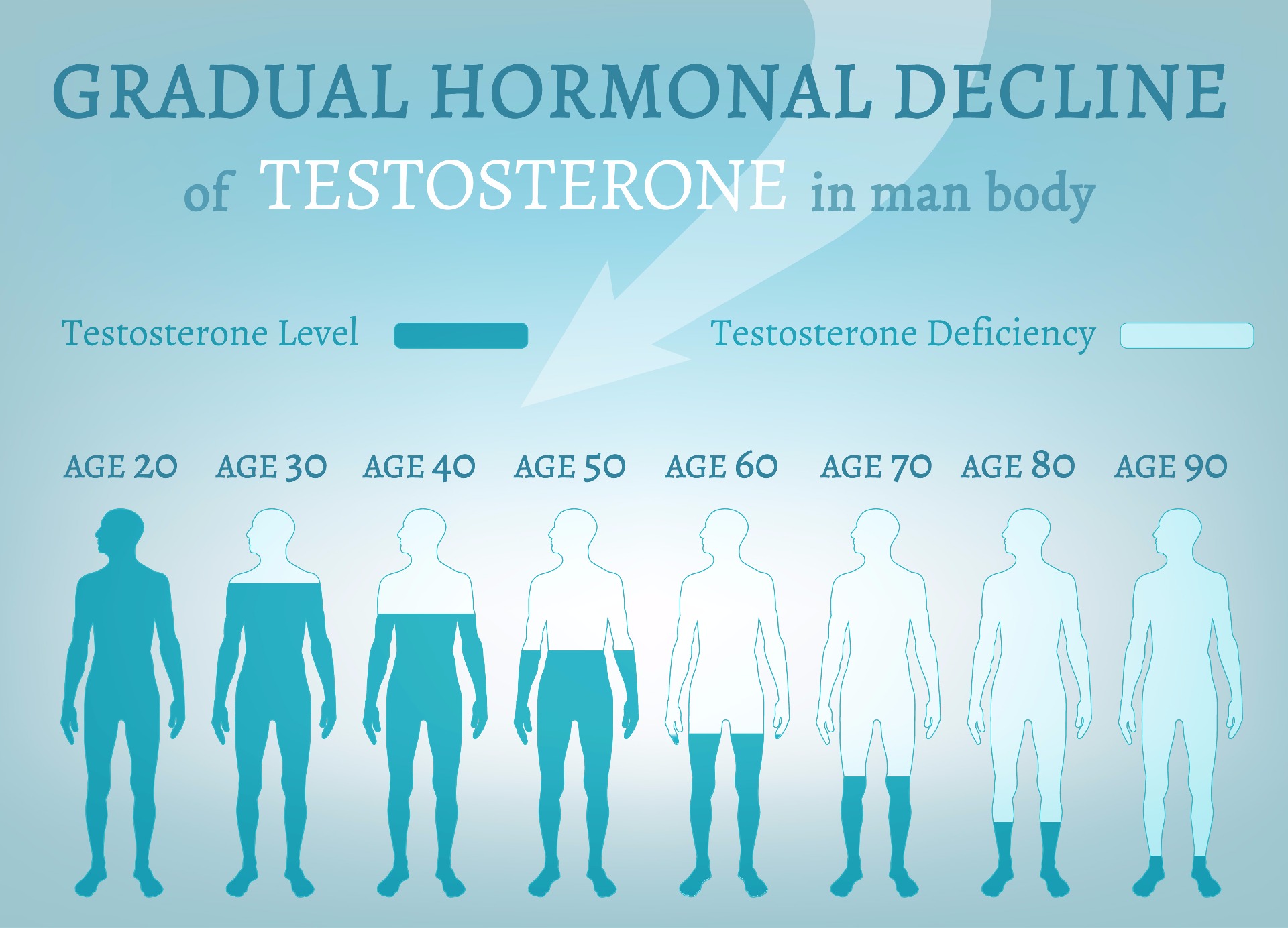Testosterone Levels

Are your testosterone levels normal? For that matter, does it really matter if they are low? Actually, it does. Low testosterone can do everything from lower your sex drive, mood, and muscle mass to cause you to gain weight. Now, are you wondering whether or not your levels are normal?
What is Normal?
"Normal" is one of those words that we, as a society, tend to be obsessed with. After all, we all want to be normal. So, it almost goes without saying that one of the most common questions in men's health involves what are normal testosterone levels.
Actually, there isn't a set cutoff for low testosterone, a condition known as hypogonadism. Instead, anything lower than 300 nanograms per deciliter (ng/dL) is usually considered low. However, ranges can vary from lab to lab. For example, your sample at one lab may be considered low, while a different lab may consider the same reading to be within normal range. Of course, this can be a problem.
If your labs are deemed normal, it is unlikely that you will be considered a candidate for testosterone replacement therapy. This treatment works to increase and normalize your levels, eliminating many of the problematic symptoms associated with hypogonadism.
A study recently published in the Journal of Clinical Endocrinology & Metabolism looked to clarify exactly what normal testosterone levels should be considered. To do this, researchers analyzed numerous samples. Eventually, they determined that anything between 240 and 950 ng/dL can be considered normal for men between the ages of 19 and 39 who are of a healthy weight. (For older men or those who are overweight, testosterone levels tend to be lower.) Researchers also determined that levels remain constant among men, regardless of their geographical region. As a result, they strongly believe that coming up with a standard normal range for testosterone levels is entirely possible. This level could be used by all labs, potentially making it easier to diagnose hypogonadism.
What is Testosterone?
There are three forms of testosterone.
- The most common type, which makes up
around 65% of your total testosterone level, bonds with sex hormone binding
globulin (SHBG). In most cases, it cannot separate from SHBG, which means it is
not bioavailable. When testosterone is bioavailable, it is in a form that can
be used by the body.
- Another type of testosterone, which
makes up around 35% of your total level, bonds to albumin, a protein. It can be
coaxed away from the albumin, making it potentially bioavailable.
- The final type, free testosterone, is responsible for about 2% of your total levels. It is not attached to any protein, making it entirely bioavailable. It moves throughout the bloodstream and has the ability to bind with receptors in the brain, muscles, and other organs.

A simple blood test is performed to check your levels. After, you will receive your results in three different numbers, including:
- Total testosterone: This is the complete amount of testosterone in your body and includes
both bonded and free testosterone.
- Bioavailable testosterone: This is the amount of testosterone attached to albumin, as
well as any free testosterone.
- Free testosterone: This refers to the amount of testosterone that is unattached to a
protein.
So, What is Normal?
It's not that simple. Remember, different labs often have different levels of "normal." Fortunately, there are "normal" guidelines you can look at. Here they are.
Total testosterone: For men over the age of 19, this should range from 240 to 960 ng/dL.
Free testosterone:
Men between the ages of 25 and 29: 5.05 to 19.8 ng/d
Men between the ages of 30 and 34: 4.86 to 19.0 ng/dL
Men between the ages of 35 and 39: 4.65 to 18.1 ng/dL
Men between the ages of 40 and 44: 4.46 to 17.1 ng/dL
Men between the ages of 45 and 49: 4.28 to 16.4 ng/dL
Men between the ages of 50 and 54: 4.06 to 15.6 ng/dL
Men between the ages of 55 and 59: 3.87 to 14.7 ng/dL
Men between the ages of 60 and 64: 3.67 to 13.0 ng/dL
Men between the ages of 65 and 69: 3.47 to 13.0 ng/dL
Men between the ages of 70 and 74: 3.28 to 12.2 ng/dL
Bio-available testosterone:
Men between 20 and 29: 83 to 257 ng/dL
Men between 30 and 39: 72 to 235 ng/dL
Men between 40 and 49: 61 to 213 ng/dL
Men between 50 and 59: 50 to 190 ng/dL
Men between 60 and 69: 40 to 168 ng/dL
Currently, there are no ranges available for men 70 and over. Total testosterone levels are recognized as clinically low when they range less than 220 to 300 ng/dL.

To sum it all up, this is what you need to know.
- There really is no "normal." The range
varies greatly due to every man's needs being different.
- Although a man's total testosterone levels may be in the normal range, he may show symptoms of low testosterone if his levels of free testosterone are low.
- Men should be most interested in their
bioavailable number. When men can increase this level, they often experience
increased sex drive, energy, and muscle strength, while also feeling better
about themselves overall.
